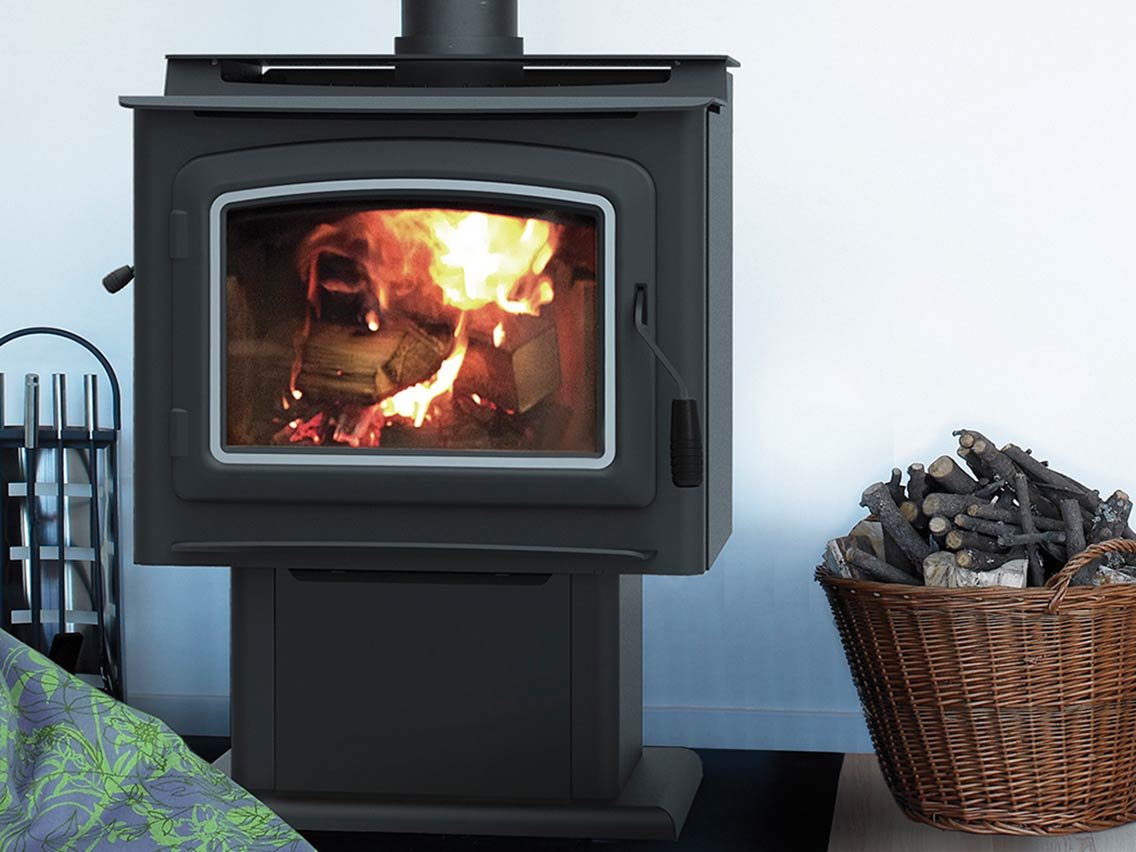Gas Log vs. Real Wood: Debunking the Debate on Fireplace Fuel
The crackling of burning wood, the hypnotic dance of flames, and the warmth of a traditional fireplace have long held a special place in our hearts and homes. However, with the advent of modern technology and increasing environmental awareness, the debate over fireplace fuel sources has heated up. In this article, we'll explore the age-old rivalry between gas logs and real wood and examine why, when it comes to efficiency, gas may have the upper hand.
The Nostalgic Appeal of Real Wood
There's something undeniably nostalgic about a real wood-burning fireplace. It harkens back to simpler times, evoking images of cozy cabins and family gatherings. The aroma of burning wood, the tactile pleasure of splitting logs, and the satisfaction of starting a fire with kindling are all part of the experience.
The Real Wood Experience: Pros and Cons
Pros:
Ambiance: Real wood fires create a unique, rustic ambiance that's hard to replicate.
Aroma: The smell of burning wood is comforting and nostalgic.
Heat: Wood fires can produce intense, radiant heat.
Cons:
Mess: Dealing with firewood, ashes, and soot can be messy and require regular cleaning.
Efficiency: Real wood fires are not as efficient as gas fires, as much of the heat can escape through the chimney.
Environmental Impact: Burning wood emits carbon dioxide and requires tree harvesting for fuel, contributing to both air pollution and climate change.
The Efficiency of Gas Logs
Gas log fireplaces, on the other hand, offer a modern and convenient alternative to traditional wood-burning fireplaces. They aim to replicate the look and feel of a wood fire while addressing many of its drawbacks.
Gas Log Efficiency: Pros and Cons
Pros:
Convenience: Gas logs are easy to ignite and control, often with the flip of a switch or the press of a remote control button.
Cleanliness: Say goodbye to chopping wood and cleaning ashes; gas logs produce minimal mess.
Consistency: Gas fires provide consistent heat output and flame appearance.
Energy Efficiency: Gas fires are more energy-efficient than wood fires, with less heat lost up the chimney if you choose the ventless or direct vent options.
Environmental Impact: Natural gas is a cleaner-burning fuel than wood, producing fewer emissions.
Cons:
Less Authenticity: While gas logs mimic the appearance of real wood, some purists argue that they lack the authenticity of a genuine wood fire.
Initial Cost: Gas log installations may have a higher upfront cost due to the need for gas lines and professional installation.
The Efficiency Factor
One of the most significant advantages of gas log fireplaces is their efficiency. Let's delve deeper into this aspect and understand why gas logs are often considered the more efficient choice.
1. Heat Output
Gas log fireplaces are designed to provide a consistent and controllable heat output. Unlike wood fires, where the heat can vary based on factors like wood quality and draft, gas logs offer a predictable source of warmth. They are capable of producing a substantial amount of heat quickly, making them an effective means of heating a room. However, when it comes to inserts, Wood-burning inserts are capable of providing more heat than gas inserts.
2. Energy Loss
Wood-burning fireplaces are notorious for their energy inefficiency. In a traditional open fireplace, a significant portion of the heat generated is lost up the chimney. This wasted heat represents not only lost comfort but also lost money. Gas logs, with their sealed combustion systems and ventless options, are far more efficient at retaining heat within the home.
3. Environmental Impact
From an environmental standpoint, gas logs are generally considered a cleaner option. Burning wood releases not only carbon dioxide but also other pollutants like particulate matter, volatile organic compounds, and even carcinogens. Gas logs, particularly those using natural gas, produce fewer emissions and have a smaller carbon footprint.
4. Maintenance
Gas logs require less maintenance than wood-burning fireplaces. There's no need to clean out ashes, haul firewood, or worry about creosote buildup in the chimney. This translates to both time saved and reduced effort on the homeowner's part.
5. Safety
While both wood and gas fires can be safe when used correctly, gas logs offer some safety advantages. They eliminate the risk of sparks, flying embers, and accidental chimney fires that can occur with wood fires. Moreover, gas log fireplaces can be equipped with safety features like automatic shut-off switches and carbon monoxide detectors.
6. Convenience
The convenience of gas logs cannot be overstated. With the push of a button or the flick of a switch, you can have a fire roaring in your fireplace. There's no need to store firewood, tend to the fire, or worry about it going out prematurely.
The Efficiency Winner
While the debate between gas logs and real wood will always have passionate supporters on both sides, when it comes to efficiency, gas logs and inserts emerge as the clear winner.









